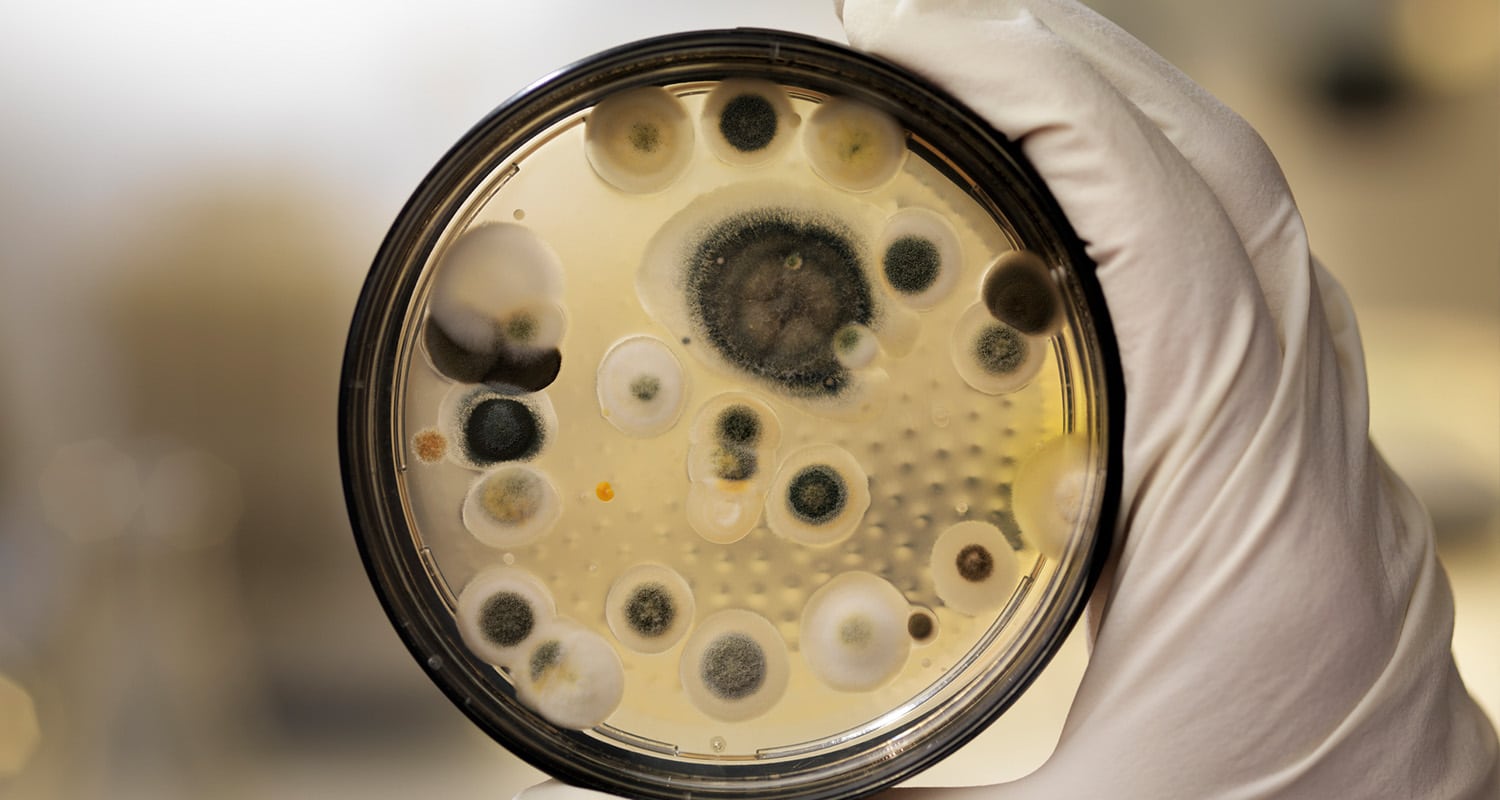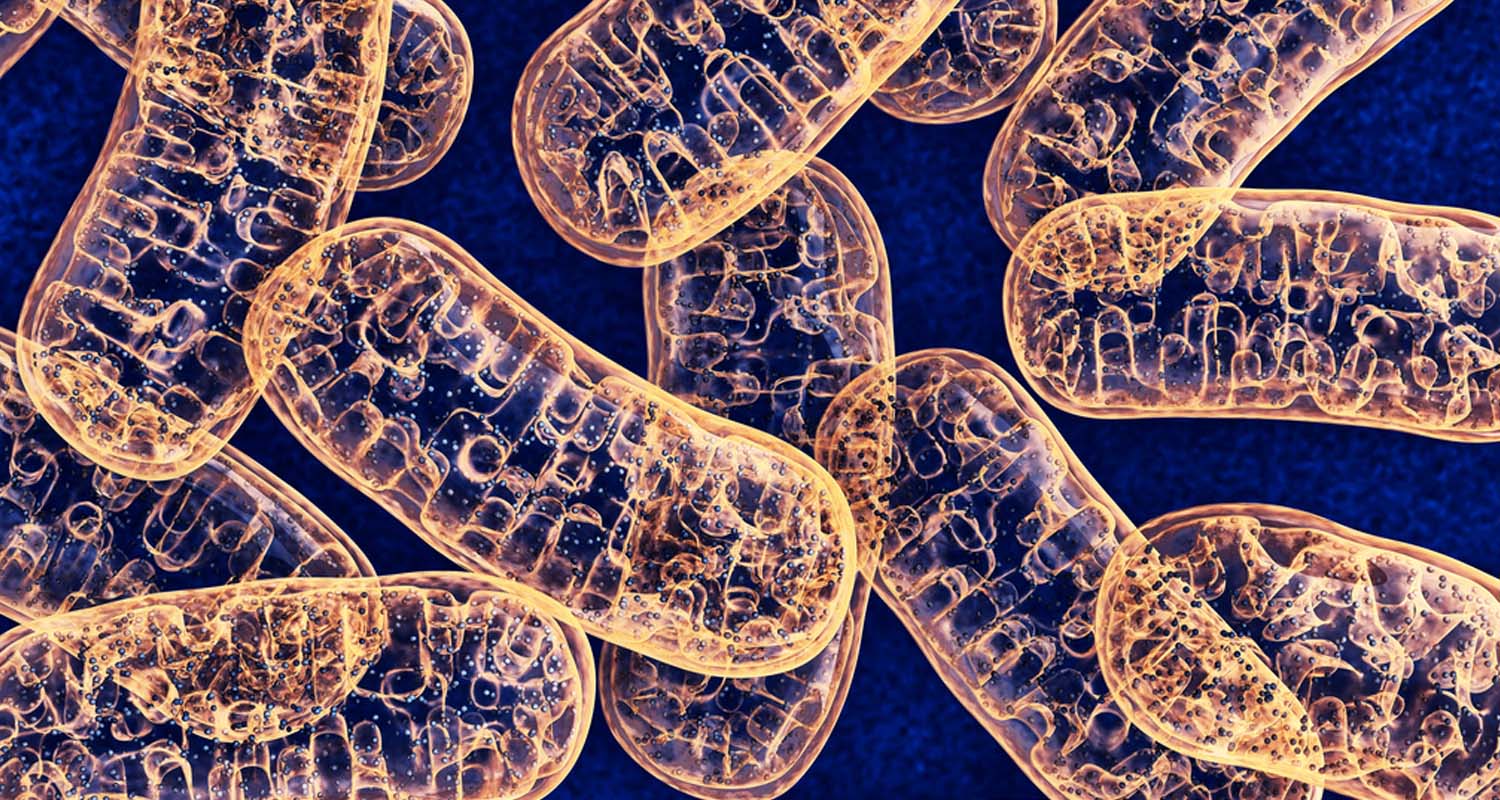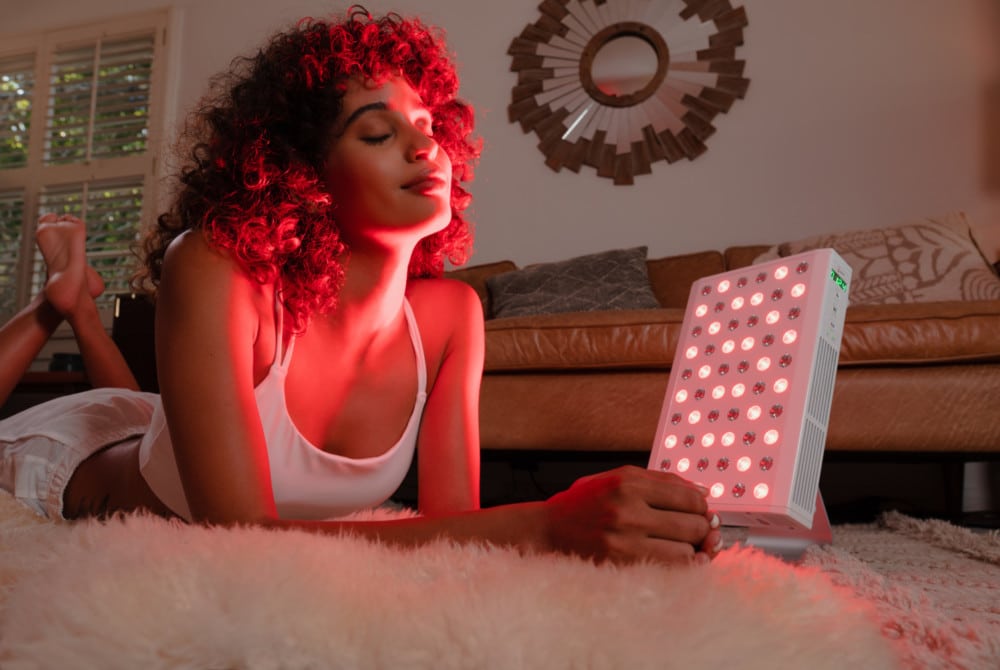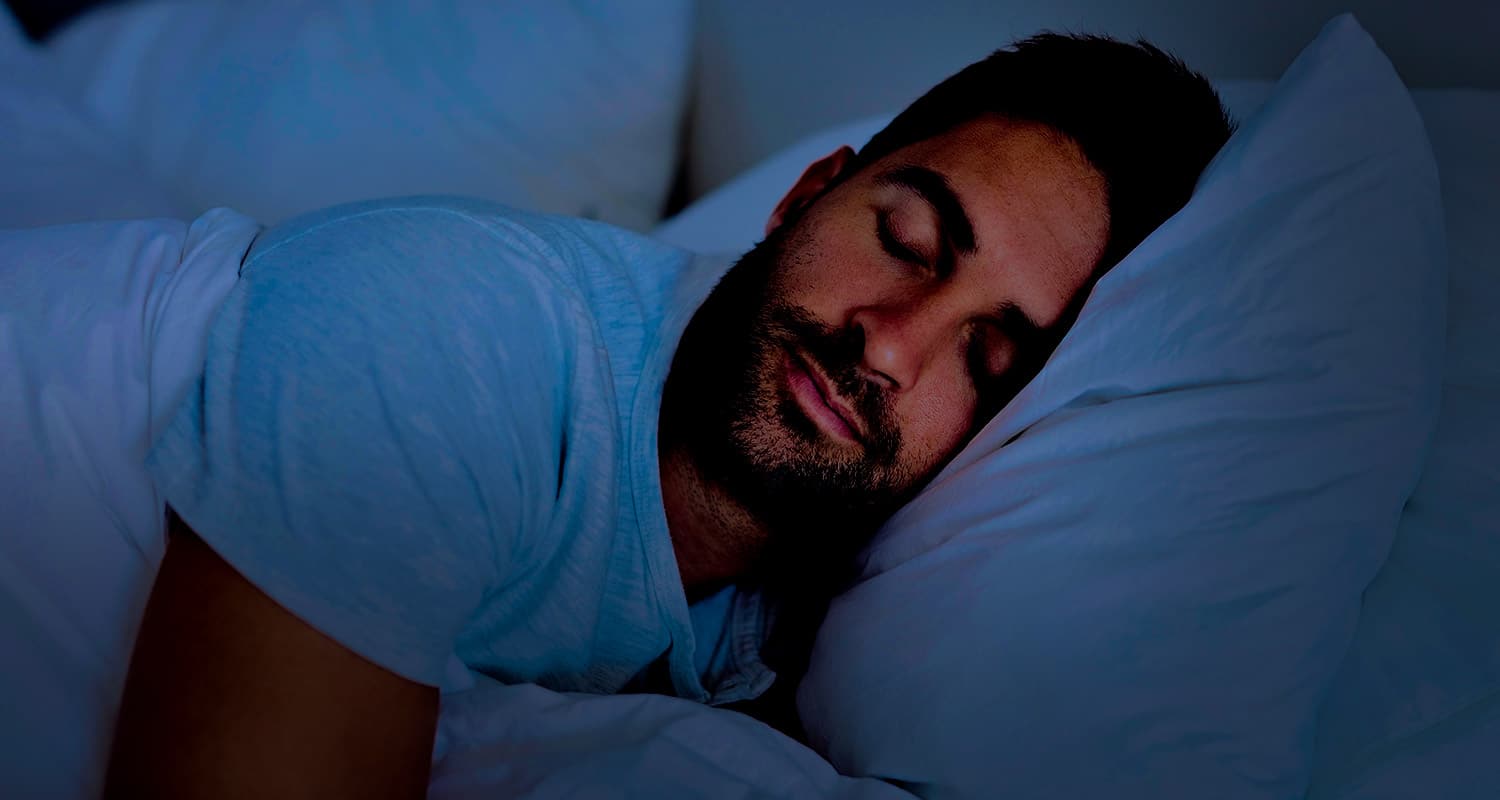In this episode of Bulletproof Radio, I talk with Sarah E. Hill, Ph.D., who leads research in the rapidly expanding field of evolutionary psychology. She’s currently a professor and research psychologist at Texas Christian University studying the effects of hormonal birth control on women.
She’s also the author of the book: “This is Your Brain on Birth Control: The Surprising Science of Women, Hormones, and the Law of Unintended Consequences.” It’s an enlightening read that verifies what millions of women have always suspected, but no one confirmed for them until now: The pill changes women.
“Is the best way to prevent pregnancy to totally rewrite everything that creates the experience of being a who a woman is?” Sarah asks.
With more than 50 scientific publications and multiple prestigious research grants to her credit, Sarah has become an authority on the application of evolutionary ideas to human behavior and psychology. She’s been quoted in The New York Times, The Washington Post, Scientific American and The Economist.
“Our sex hormones are part of the signaling architecture that our brain using to create the experience of being the person that we are,” Sarah says. “When we change women’s sex hormones—which is what we do with the birth control pill—it’s going to change all sorts of activities in terms of psychological functioning.”
In our interview, Dr. Hill shares her incredible research findings that has uncovered the many ways that the pill changes women’s brains, bodies and lives.
Enjoy the show!
Photo credit @EEphotography
Follow Along with the Transcript
The Birth Control Episode- The Pill Isn’t Bulletproof – Sarah Hill, Ph.D. – #665
Links/Resources
Website: sarahehill.com
Facebook: facebook.com/sarahehillphd2
Twitter: twitter.com/sarahehillphd
Instagram: instagram.com/sarahehillphd
LinkedIn: linkedin.com/in/sarah-hill-39668431/
Key Notes
- Did Sarah take a lot of flak for her work? 00:04:00
- What are the unintended consequences of birth control? 00:06:15
- If the pill isn’t right, what is? 00:09:50
- Changing what makes a woman who she is 00:10:30
- What is a woman most likely to do when she is most fertile? 00:13:55
- Men notice when a woman is ovulating 00:14:40
- Men change in response to suppressing cycles 00:17:45
- Relationship changes when contraception methods change 00:20:55
- Are men’s hormones also reacting to the pill? 00:23:00
- A guy could not write this book 00:30:10
- The patriarchal history of fertility 00:31:00
- The importance of pheromones 00:32:30
- What MHC genes are and what they do 00:35:45
- When choosing a partner, go off the pill 00:40:45
- Is the pill another way for men to control women? 00:45:00
- A study about Mate Guarding 00:47:45
- Pill taking women don’t get a rise in cortisol in response to stress 00:52:10
- How the pill affects anxiety and depression 00:58:20
- IUDs supply hormones to the entire body – not just locally 01:00:00
- Brain development in adolescence is dependant on sex hormones 01:02:30
- The pill gives a woman the ability to plan and achieve 01:05:30
- It’s all about picking your poison 01:10:40
- About 85% of women will be on birth control 01:12:00
- We are taught that “being human is problematic” 01:15:25
Go check out my new book “Super Human: The Bulletproof Plan to Age Backward and Maybe Even Live Forever“ and also “Game Changers“, “Headstrong” and “The Bulletproof Diet” on Amazon and consider leaving a review!
If you like today’s episode, check us out on Apple Podcasts at daveasprey.com/apple and leave us a 5-star rating and a creative review.


 The chemicalization of food has a lot to do with this. Pesticides, herbicides and fungicides and especially
The chemicalization of food has a lot to do with this. Pesticides, herbicides and fungicides and especially  Mycotoxins, byproducts of mold, are also increasingly found in your diet – mostly because of the way commercial agriculture stores and transports food. Longer shelf life gives foods ample opportunity to grow molds that wreak havoc on your body. Other foods such as peanuts, and corn, many of which are staples in a typical western diet, are naturally prone to mold and therefore high in mycotoxins.
Mycotoxins, byproducts of mold, are also increasingly found in your diet – mostly because of the way commercial agriculture stores and transports food. Longer shelf life gives foods ample opportunity to grow molds that wreak havoc on your body. Other foods such as peanuts, and corn, many of which are staples in a typical western diet, are naturally prone to mold and therefore high in mycotoxins. Another important category of “wrong right food” has to do with amyloids. You may have heard the term as it relates to plaques in the brain linked to Alzheimer’s and other cognitive dysfunctions. Amyloids are truncated or misfolded proteins which in the case of Alzheimer’s aggregate into plaques literally “gumming” up the brain. What you may not know is that amyloids can also contribute to kidney disease, cancer, autoimmunity, infertility and a host of other chronic immune conditions.
Another important category of “wrong right food” has to do with amyloids. You may have heard the term as it relates to plaques in the brain linked to Alzheimer’s and other cognitive dysfunctions. Amyloids are truncated or misfolded proteins which in the case of Alzheimer’s aggregate into plaques literally “gumming” up the brain. What you may not know is that amyloids can also contribute to kidney disease, cancer, autoimmunity, infertility and a host of other chronic immune conditions. Natural light treatments supercharge the
Natural light treatments supercharge the  Seasonal affective disorder (SAD) is a type of depression
Seasonal affective disorder (SAD) is a type of depression  You’ve probably heard about “SAD lamps” that mimic the sun with bright, artificial light. These can really brighten a dark space and make it seem like there’s more natural light in your day, but ultimately this is still a hefty dose of blue light, which can throw off your circadian rhythm and cause fatigue and even damage to your delicate eye structures.
You’ve probably heard about “SAD lamps” that mimic the sun with bright, artificial light. These can really brighten a dark space and make it seem like there’s more natural light in your day, but ultimately this is still a hefty dose of blue light, which can throw off your circadian rhythm and cause fatigue and even damage to your delicate eye structures. In 2018, a team of mental health researchers conducted the Elated 2-pilot Trial.[ref url=”https://www.ncbi.nlm.nih.gov/pubmed/30346890″] This groundbreaking study tested the effects of “transcranial near-infrared light therapy,” which is natural light that’s shined on a person’s head. People with depression responded extremely well to eight weeks of natural light treatments. These are the major findings of the trial:
In 2018, a team of mental health researchers conducted the Elated 2-pilot Trial.[ref url=”https://www.ncbi.nlm.nih.gov/pubmed/30346890″] This groundbreaking study tested the effects of “transcranial near-infrared light therapy,” which is natural light that’s shined on a person’s head. People with depression responded extremely well to eight weeks of natural light treatments. These are the major findings of the trial: Sleep is a big topic of conversation, because it’s so fundamental to our health and function, and because nearly everyone has had trouble sleeping at one time or another. In,
Sleep is a big topic of conversation, because it’s so fundamental to our health and function, and because nearly everyone has had trouble sleeping at one time or another. In,  One the most noticeable benefits people report from red light therapy sessions is a great night’s sleep. Red light therapy has also been found to work wonders for the treatment of sleep disorders.
One the most noticeable benefits people report from red light therapy sessions is a great night’s sleep. Red light therapy has also been found to work wonders for the treatment of sleep disorders. More studies on red light therapy and mental health will be out in the coming years, and the early signs are positive. Because red light therapy is safe and natural, there isn’t much risk of trying it for seasonal light problems. Even if you just have a natural light deficiency (many Americans do), adding 10-15 minutes of red light therapy per day can kickstart your energy production and have a wide range of health benefits, like sleep and performance.
More studies on red light therapy and mental health will be out in the coming years, and the early signs are positive. Because red light therapy is safe and natural, there isn’t much risk of trying it for seasonal light problems. Even if you just have a natural light deficiency (many Americans do), adding 10-15 minutes of red light therapy per day can kickstart your energy production and have a wide range of health benefits, like sleep and performance.